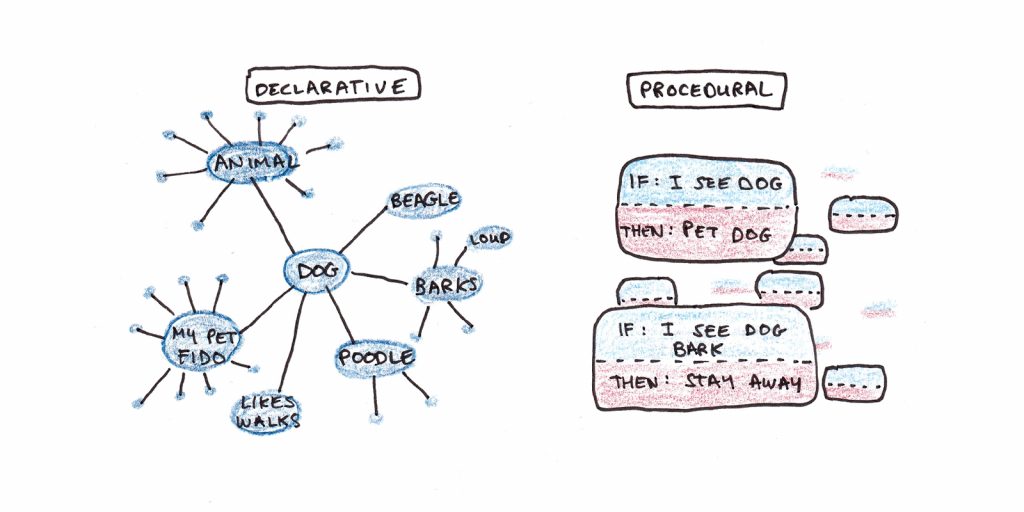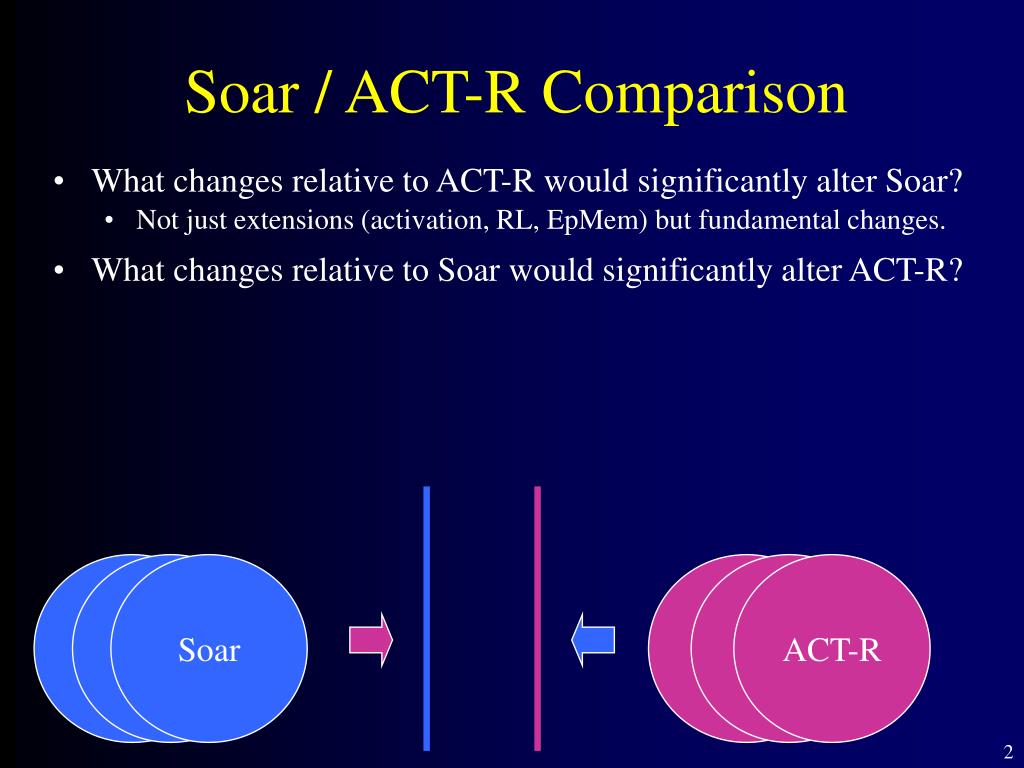Reference




Reference




OpenAI's Answer
ACT-R (Adaptive Control of Thought-Rational):
ACT-R is a cognitive architecture designed to simulate human thought processes. Developed mainly by John Anderson and Christian Lebiere at Carnegie Mellon University, it models the basic cognitive and perceptual operations of the human brain. ACT-R incorporates both declarative and procedural knowledge, allowing it to model various aspects of human cognition, including memory and problem-solving source.
ACT-R/Phi:
ACT-R/Phi (also known as ACT-Rφ) is an extension of the original ACT-R. Developed at Pennsylvania State University, this version introduces a physiological module to interface with physiological data. This addition enhances ACT-R's ability to utilize real physiological measurements (like heart rate and skin conductance), enabling more comprehensive cognitive modeling source.
Differences Between ACT-R and ACT-R/Phi:
- Physiological Integration: ACT-R/Phi includes modules that allow for the integration of physiological data, something not present in the standard ACT-R.
- Application Scope: While ACT-R is used broadly in modeling cognitive functions, ACT-R/Phi's added physiological capabilities make it particularly useful for research where cognition is closely examined alongside physiological responses.
Both architectures aim to simulate human cognition but with different emphases based on their capabilities and areas of application.